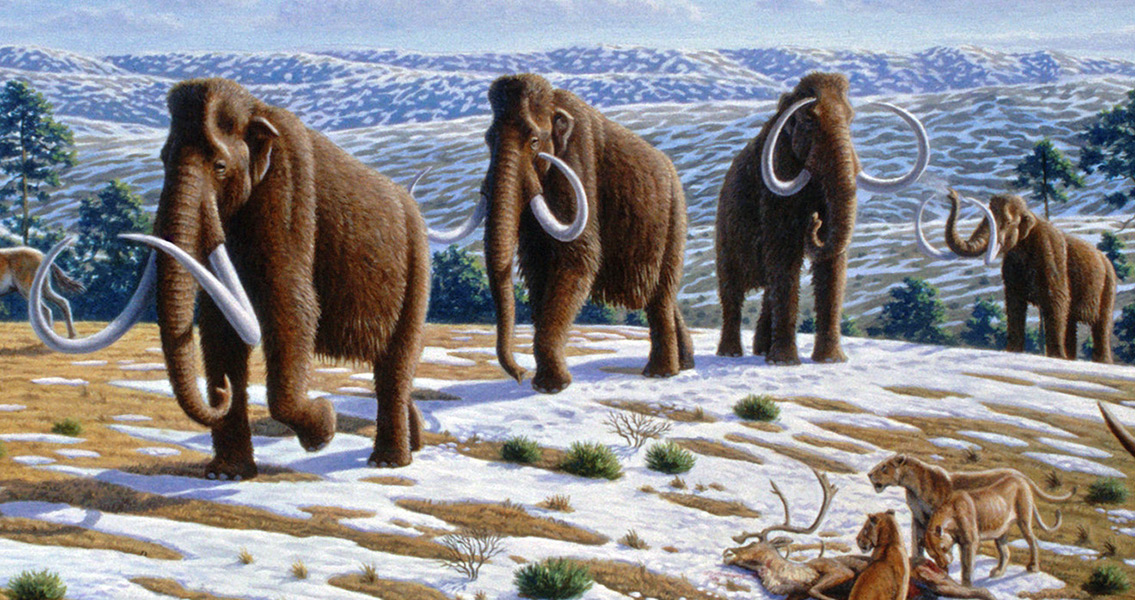<![CDATA[Scientific debate about the demise of mammoths and other large mammals tends to hold humans and environmental change as the main culprits, and now a new study has provided support for the environmental change camp. Alan Cooper from the University of Adelaide and his team believe that a sharp rise in temperatures had a major role to play in the extinction of those so called megafauna. Giant mammals were abundant around 30,000 years ago but over the course of just 20,000 years they were wiped out, writes Elizabeth Pennisi for Science magazine. So far researchers have focused their work on fossils in order to establish what happened to these animals but Cooper, who is a palaeogeneticist, and his colleagues decided to looks specifically at the DNA from those fossils. They collected information about DNA diversity in certain megafauna species from several thousand palaeontological sites across Europe, Asia, and North America, based on radiocarbon dating. The DNA diversity at a given site provides valuable insight into how abundant a species was during a certain period. The scientists then looked into evidence of rapid climate change in the ice cores of Greenland and matched them with data about the changes in marine sediments in Venezuela. Based on this information, they then created a timeline featuring periods of sudden rises and falls in temperatures, called interstadials, which sometimes involve temperatures rising by as much as 16 degrees Centigrade in a matter of decades and then an equally rapid cooling. There were several such interstadials before the last Ice Age, which lasted between 27,000 and 19,000 years ago, Pennisi notes. When they examined the information about climate change alongside what the fossil record had told them, the team concluded that species disappeared from different sites at different times. Some sites were then repopulated by the same species at a later point while others weren’t. The important detail was that the repopulation occurred when temperatures went down, leading the team to suggest that the rapid rises in temperatures not only drove certain species away from their habitats, they also caused their extinction. The cooling of the climate, on the other hand, does not seem to have had any significantly adverse effect on mammoths, giant sloths, and other megafauna. Cooper notes, in response to the argument that humans were the main culprit because so many animals became extinct after humans emerged, that some of these large mammals of the Pleistocene died out before man’s appearance. In North America, for instance, the short-faced bear was gone long before humans populated the continent, which took place 13,000 years ago. On the other hand, in Europe and Asia a lot of large mammal species survived the advent of Homo sapiens and went on to live for another 30,000 years before succumbing to another rapid warming. Perhaps, according to the lead author of the study, these two factors: humans and environmental changes, combined in more than one way to bring down the mammoths, for example making them more vulnerable to human attacks during the hot spells. This seems to be the emergent view of Pleistocene megafauna extinction: that it was caused by an interplay of environmental and evolutionary factors. For more information: www.sciencemag.org Image courtesy of Wikimedia Commons user: Mauricio Anton]]>
Warmer Climate May Have Contributed to Mammoth Extinction
